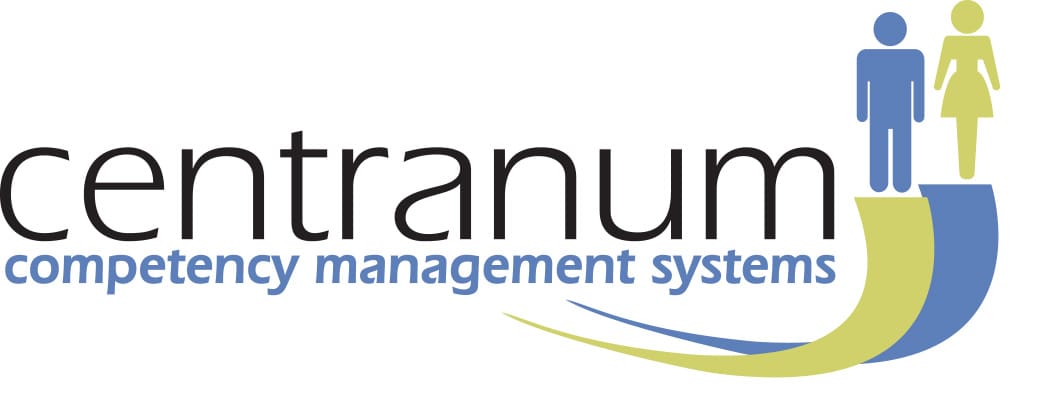
One of the fundamental duties of managers is to clearly communicate what they expect of their teams.
“You get what you expect and you deserve what you tolerate.”Mark Graban
There are job specific expectations – the what of performance. There are also behavioural expectations – the how of performance. Core Competencies are behavioural expectations.
Values based Core Competencies are used as expectations that shape organization culture. Personal Core Competencies are used to develop thinking and soft skills that support individual performance.
What you tolerate and therefore deserve are termed “counter-productive work behaviours” in Industrial and Organizational (I/O) Psychology.
Should we use Proprietary or Custom competencies?
Many vendors promote and sell their own proprietary competency libraries. Most include factors that are personality traits or individual attributes such as intellectual ability. These are more relevant to selection processes than performance management.
Many decades of research have established that cognitive ability is the single best predictor of job performance. Those with better ability are quicker to learn job relevant knowledge and skills. The high level personality factor of Conscientiousness is also associated with better performance. This factor includes elements of motivation, personal organisation and compliance.
For these mainstream psychometric properties there are a number of reputable suppliers whose test products have been validated through independent research.
Despite vendor claims, the proprietary competency libraries are not validated in terms of a cause and effect link with performance. Performance is rated subjectively. Competencies are weakly correlated around r=.2 which explains only 4% of variance in performance.
As you can see the scatter plot for this degree of correlation is close to random.

Many claims of scientific evidence are based on correlational data. It is not well understood that correlational data demonstrates only a relationship, not a causative relationship.
Further many correlational relationships may not be in the direction expected. For example high engagement levels are associated with more successful organizations. It could well be that engagement levels are high because staff like working for a successful company. Not because highly engaged employees underpin a successful enterprise.
Proprietary libraries come at a cost. They use generalized terminology. The risk is that they may not seem relevant to the staff in your organization
For this reason it recommended that organizations adopt their own custom library of core competencies. The best approach is to use the research to select competencies that are linked to better performance. Then develop definitions that are specific to, and resonate with, your organization.
Developing a custom set of core competencies
The I/O Psychology literature does give some insight into the kinds of behaviours most likely to be linked with better performance. There are five areas where there is some evidence that individual behaviours are linked to better performance. These are termed Citizenship Behaviours in the I/O Psychology literature.
They include conscientiousness, altruism and peacekeeping, courtesy, civic spirit and sportsmanship. For more details see What is a Core Competency?
Translating these concepts into practical business terms there are 5 main areas;
- Teamwork
- Conscientiousness
- Service
- Supporting the Organization
- Business Acumen
Team work includes elements of Communication, Collaboration and Courtesy.
Conscientiousness covers Focus -attention to detail, Efficiency, Persistence- following through, Initiative, Excellence, and Personal Development.
Service applies to internal as well as external customers. It includes elements of Responsiveness, Empathy, Professionalism and Dependability.
Supporting the organization entails Advocacy, Flexibility, Speaking Up and Compliance
Business Acumen means Understanding – of the organization ‘s purpose, its environment, structure, the process flow and how profit is made and costs controlled.
Step 1. Identify Imperatives
As a consultative process identify those competency areas that are most important to the success of your organization. It is vital that people in the organization buy into the core competency set.
Step 2. Structure follows Purpose
Decide on the structure or framework for your competency set. This will depend on how you are going to use these competencies. Ideally core competencies are used to indicate core values and shape the culture of the organization. To communicate what is most important.

In this case you should keep the number of competencies to a minimum – so that they will be memorable. Five is a good number.
The simplest approach to start with is a basic set of values based behaviours that apply to all.
You may also decide to have a separate set of more detailed Core competencies
or “Soft Skills” that you want to develop. In this case it may be advisable to have different competency sets for different groups of people.
Depending on the size and complexity of your organization you may also decide to have different definitions for different groups of staff.
Step 3. Defining the behaviours.
When defining the behaviours keep in mind how these are going to be measured.
The most common measurement scales are agreement, frequency and competency. Phrase the behaviours to suit the scale you are using.
You may decide to measure the competency as a whole, in which case the behaviours will be part of the description.
Alternatively you may decide to rate the behaviours individually, or use a combination.
For values based behaviours top level competency rating may be sufficient. You could also enable people to highlight strengths and weaknesses at the behavioural level.

For each competency ideally have no more than 5 behaviours. People doing the assessments will lose focus if there are too many, and then your assessments won’t be valid.
Consider whether you want to include behaviours that you definitely don’t want to see – counter productive work behaviours. You can phrase these in the negative or as avoids ….
Including some negatives can be a good way to ensure that raters do pay proper attention to the behaviours they are rating.
Make sure each behaviour covers only a single point. If you include multiple behaviours in one description it is not clear what has been rated – an average, the weakest or strongest behaviour. Measurement will not be accurate, nor consistent between raters.
Step 4. Choosing a suitable scale

Scales with 7 points better distinguish between good and poor performers. This is because people very rarely use the top and bottom points.
With a 5 point scale that leaves only 3 usable points. This is not sufficient to distinguish in a statistical way.
Ensure the rating points don’t overlap. The descriptions must be clear enough that different raters will interpret them in the same way.
If you are including negative behaviours then you will need a reverse rating scale as well.
Step 5. Validation
Once you have defined the competency descriptions and or behaviours it is essential to do another validation exercise with a representative sample of people from all levels and functions across the organisation.
Make sure that the descriptions cover what is most important to the organisation.
Make sure that each description is specific enough that they will be interpreted consistently by different people.
When to measure core competencies
Core competencies are usually measured as part of the performance management system. It can be done by self and manager as part of this process. Ideally there are ongoing conversations and notes about demonstration of actions supporting the organization’s values during the year.
It may also be useful to gather feedback more widely from direct reports and colleagues.
When this kind of feedback is linked to performance management and compensation recommendations people are reluctant to provide constructive criticism, so the feedback will not be as accurate.
If gathering the wider feedback this is best done as an anonymous 360 feedback developmental exercise so that more honest feedback is provided.
The Centranum platform supports measuring core competencies as part of the performance review, and also as a separate developmental 360 feedback exercise.
More Information on the Centranum Competency Management toolkit
